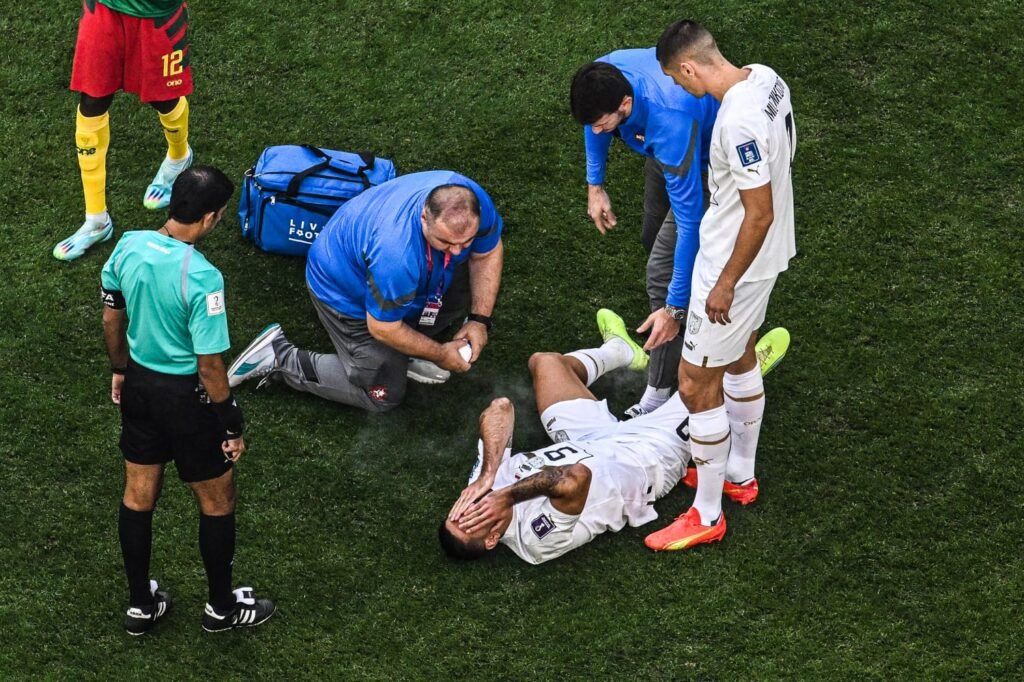Welcome to a comprehensive exploration of the mysterious “magic spray” that captures the attention of viewers during intense moments in the World Cup. This article aims to demystify the perceived magic surrounding the aerosol and provide an in-depth understanding of its actual functionality.
Understanding the Composition of Magic Spray
Ethyl Chloride and Methyl Salicylate: The Dynamic Duo
The contents of the magic spray can vary, but a common denominator is the inclusion of ethyl chloride, a topical antiseptic, and cooling substance. Alternatively, some formulations feature methyl salicylate, a counter-irritant found in popular rubs like Bengay. Contrary to popular belief, these substances don’t possess magical healing properties. Instead, they induce temporary chilling and numbing effects, akin to placing an ice pack on the affected area.
The Mechanism of Action
Temporary Relief for Swift Recovery
Dr. Shane Davis, a specialist in nonoperative sports medicine, clarifies that the magic spray doesn’t facilitate actual healing. Its primary function is to provide a brief respite from pain through temporary anesthetic or numbing sensations. This relief typically lasts for a few seconds to a couple of minutes, offering players a quick solution to overcome initial pain during a match.
Placebo Effect and Adrenaline Boost
In addition to its physical effects, the spray might induce a placebo effect, further enhancing the player’s perception of reduced discomfort. As the relief wears off, the adrenaline rush from being back in the game may contribute to masking any lingering discomfort, enabling players to continue performing at their best.
Applicability and Risks
Not a Universal Solution
While common in soccer, not all teams rely on the magic spray. The U.S. Soccer Federation, governing Men’s and Women’s National Teams, abstains from its use. It’s essential to note that the spray is not suitable for open wounds and may be less effective for more severe injuries like fractures or tears.
Risks of Improper Application
Sam Cervantes, athletic trainer for men’s soccer at the University of Pittsburgh, emphasizes the potential risks associated with untrained use. Cold sprays can damage the skin if applied excessively, and individuals with conditions vulnerable to cold or impaired skin sensation should avoid their use.
Beyond the Sports Arena
Medical Applications and Consumer Availability
Beyond sports, physicians use sprays like ethyl chloride to numb injection sites. Commercially, similar products are available to the general public, sold as “Cold Spray” or “Pain Relief Spray” by brands like Cramer or MyDerm. However, caution is advised, as these freezing properties can be detrimental if used improperly.
Conclusion
In conclusion, the magic spray’s allure lies in its ability to provide swift, albeit temporary, relief for players during intense sporting events like the World Cup. Understanding its composition, mechanism of action, and potential risks is crucial for both athletes and the general public. As we unravel the science behind the magic, we gain a clearer perspective on its role in the dynamic world of sports and pain management.

